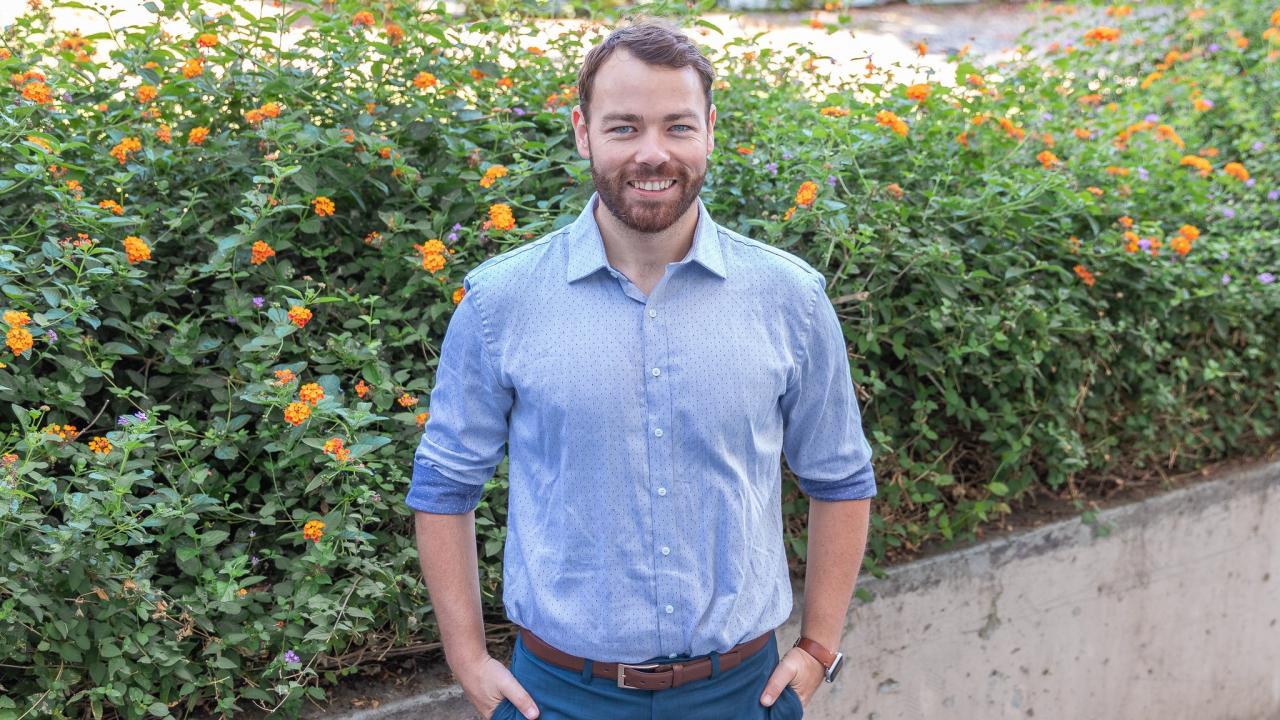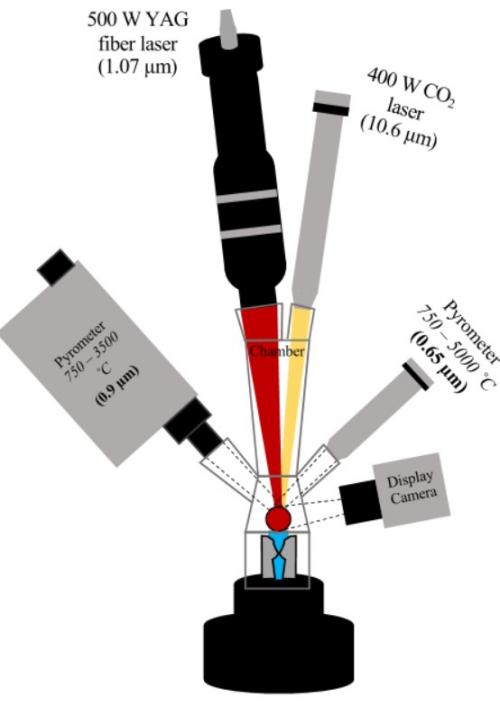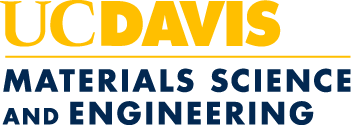
Scott McCormack wins NSF CAREER Award
Materials science and engineering assistant professor Scott McCormack has received the prestigious National Science Foundation (NSF) Faculty Early Career Development Program (CAREER) Award. The award recognizes young faculty who have the potential to be leaders in their fields as researchers and educators by funding projects that should serve as the foundation for the rest of their careers.
McCormack is one of eight faculty in the College of Engineering and one of 15 at UC Davis to receive the honor this year, setting a campus record and leading the nation.
His award-winning project, “Computationally Assisted Experimental Phase Diagrams,” addresses the lack of thermodynamic data for ultra-high temperature, multi-component materials in ceramic engineering.
“We’re essentially not choosing from the entire pool of materials we could be, and I see that as limiting,” he said. “If we really want to design the ultimate system, we don’t want to limit ourselves to the materials that we only currently know.”
When building spacecraft or nuclear reactors, researchers need materials to survive extreme temperatures while staying tough and being effective shields. To do this, they often take a base material and tune its properties by adding different elements, or components, to the system. As more components are added, the system becomes increasingly complex. These material systems can have melting temperatures as extreme as 4000°C (7232°F), making them difficult to study using conventional methods.
When materials get hot enough, they start to react with everything, including their experimental containers and the thermocouples used to measure their temperature. It’s possible to measure material properties at ultra-high temperatures using gas levitation coupled with laser heating and a pyrometer, but it’s an intensive process, so there is nowhere near as much data.

“Our [thermodynamic] databases contain large amounts of information on multi-component metals [more than 5-components], but only some data for single-, two- and maybe three-component ceramic systems, if you’re lucky” he said. “This makes it difficult to engineer advanced and tailorable high-temperature ceramic systems, because we don’t have the fundamental multi-component thermodynamic data to drive design.”
McCormack’s solution is to build phase diagrams for these materials through a combination of ultra-high temperature experiments and computational analysis. Using software developed at Pennsylvania State University, his group will identify parts of the phase diagram with the greatest amount of uncertainty so they can conduct experiments there and fill in the gaps with accurate data. This will allow researchers to rapidly develop these multi-component phase diagrams.
“We can iteratively go around the phase diagram, targeting points of highest uncertainty instead of collecting every single data point, to get an overview of these complicated multi-component systems. We can then zoom in on specific compositions to get additional information for specific applications,” he said. “It’s like you’re using a plane to look over the forest to identify, broadly, the different types of trees before you target each tree individually.”
If successful, McCormack hopes this method can be applied to other material systems to collect thermodynamic data more quickly.
He is also excited about the project’s mentorship and outreach opportunities. He plans to host a “Materials Science Experience Day” at UC Davis, which will bring high school students to campus to introduce materials science through activities led by UC Davis students and American Ceramic Society (ACerS) professionals.
He also plans to set up a “mentorship chain” between UC Davis students, Sacramento-area high school students and industry professionals through ACerS.
“I think everyone does better when they have a mentor,” he said. “I like this setup where the undergraduates and graduate students at Davis can get experience being a mentor so when they go into industry, they can be better mentors themselves.”
